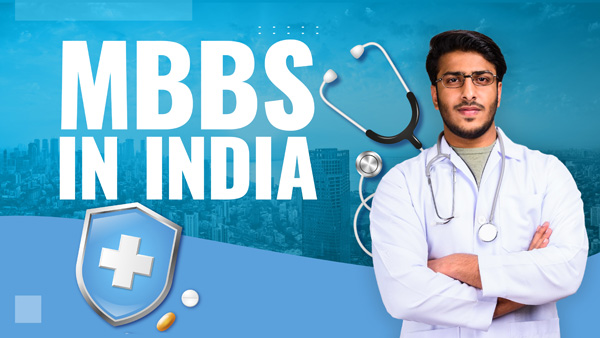
Plot No 8, block N, Second Floor, Opposite Axis Bank, Sector -18, Noida - 201301
The MBBS (Bachelor of Medicine, Bachelor of Surgery) is a highly sought-after undergraduate degree for individuals aiming to become medical professionals in India. Here’s a summary of the MBBS program:
1. Duration of the Course:
- 4.5 years of academic study: The curriculum covers various subjects including Anatomy, Physiology, Biochemistry, Pharmacology, Pathology, Microbiology, and Forensic Medicine.
- 1 year of mandatory internship: After the academic phase, students complete a one-year rotating internship in hospitals, gaining practical experience across different medical fields.
2. Eligibility Requirements:
- Educational Criteria: Candidates must have completed 10+2 with Physics, Chemistry, and Biology as main subjects, and typically require a minimum aggregate of 50% for general categories and 40% for reserved categories.
- NEET Exam: Admission to MBBS programs is based on the National Eligibility cum Entrance Test (NEET), which is a national-level entrance exam. Candidates must meet the required cutoff to be eligible.
3. Admission Process:
- NEET Examination: Administered by the National Testing Agency (NTA), NEET is compulsory for admission to both government and private medical colleges.
- Counseling: After qualifying for NEET, candidates go through a counseling process to secure a seat, either through state-level counseling or the All India Quota (AIQ).
4. Course Structure:
The MBBS curriculum is divided into three phases:
- Pre-clinical Phase: Subjects include Anatomy, Physiology, and Biochemistry.
- Para-clinical Phase: Covers subjects such as Pathology, Microbiology, Forensic Medicine, and Pharmacology.
- Clinical Phase: Involves hands-on training in areas like Medicine, Surgery, Pediatrics, Obstetrics & Gynecology, ENT, Ophthalmology, and Community Medicine.
5. Internship:
After completing the academic coursework, students must complete a one-year compulsory internship. During this time, they gain practical experience by rotating through departments such as General Medicine, Surgery, Obstetrics & Gynecology, Pediatrics, and Community Medicine.
6. Top Medical Colleges in India:
- All India Institute of Medical Sciences (AIIMS), Delhi
- Christian Medical College (CMC), Vellore
- Maulana Azad Medical College (MAMC), Delhi
- Armed Forces Medical College (AFMC), Pune
- King George’s Medical University (KGMU), Lucknow
7. Fee Structure:
- Government Colleges: Fees in government institutions are relatively affordable, ranging from INR 10,000 to INR 1,00,000 per year.
- Private Colleges: Fees in private institutions are much higher, ranging from INR 5 lakh to INR 25 lakh annually.
8. Career Paths After MBBS:
- Postgraduate Specialization (MD/MS/Diploma): Many graduates pursue postgraduate degrees in specializations such as surgery, medicine, pediatrics, and gynecology.
- Super Specialization (DM/MCh): Further advanced training is available in super-specialties like Cardiology, Neurology, and Gastroenterology.
- Clinical Practice: Graduates can either start their own practice or join hospitals as medical officers.
- Government Jobs: MBBS graduates can also enter the public health sector as civil surgeons, health officers, or work in various government health departments.
9. Licensing:
Graduates must register with the Medical Council of India (MCI) or the National Medical Commission (NMC) to legally practice as a doctor in India.
10. Scholarships:
A variety of scholarships are available, especially for students in government colleges or those from economically disadvantaged backgrounds, offered by both government and private organizations.
